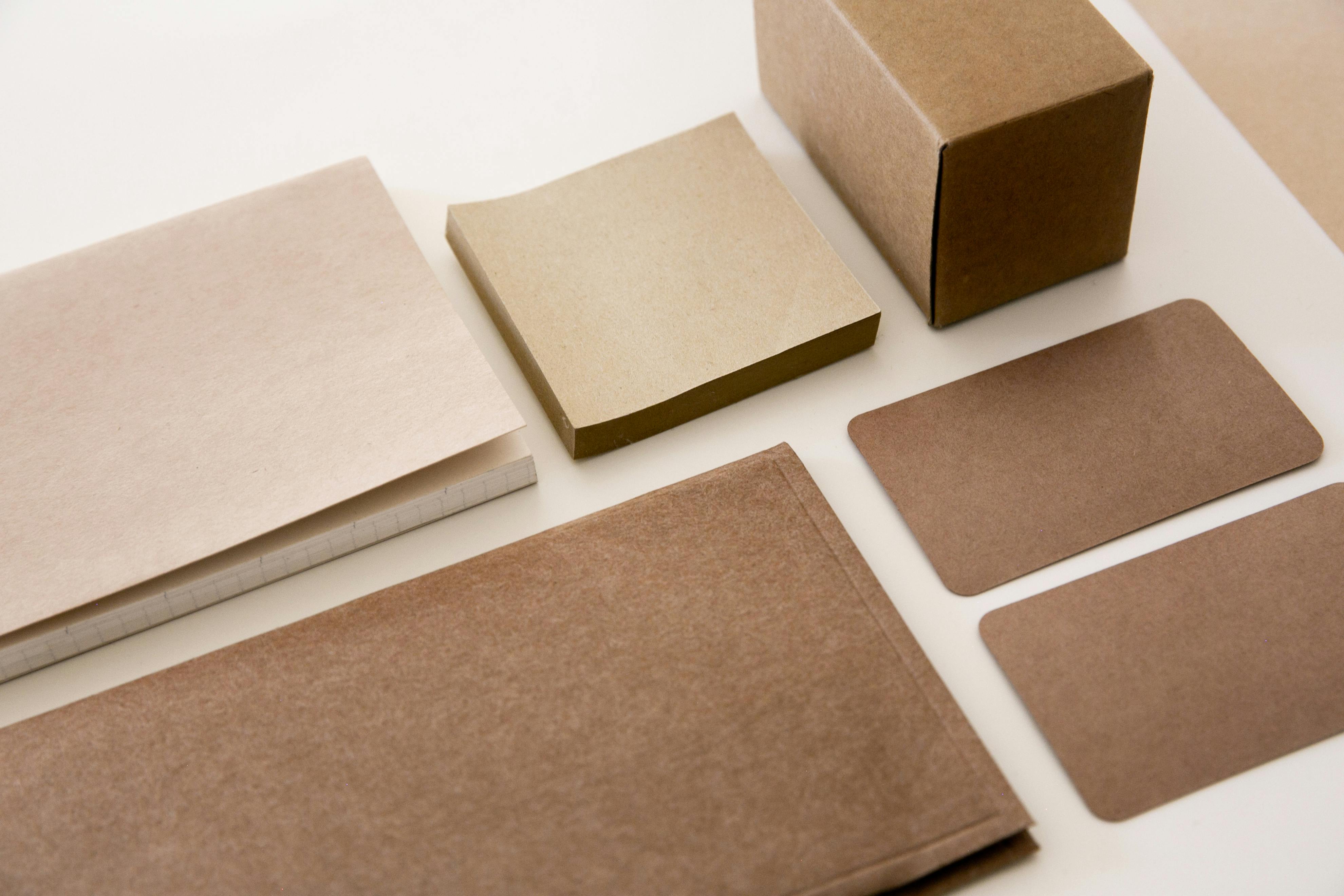We've upgraded our file system to make things even more secure. You can keep uploading the same way you always do - no changes needed. If you experience any issues, please get in touch with us at info@dumontprinting.com, and we'll address the matter promptly. Thank you for partnering with us!
Eco-Friendly Business Cards: A Complete Guide to Sustainable Materials and Printing Techniques

Sustainability is no longer a niche concern in professional branding—it’s becoming a key element of how companies represent themselves at every level. At Dumont Printing, we see firsthand how details like business cards can act as a powerful statement of values and intent. If you’re considering a greener approach for your networking tools, this in-depth guide explores eco-friendly business cards from the ground up, with a focus on practical decisions, real environmental impact, and how to get the most meaningful results.

Why Eco-Friendly Business Cards Matter
We’ve all seen standard business cards handed out at events, often made from conventional coated papers and synthetic finishes. These cards rarely find their way to recycling bins, and, collectively, millions end up in landfills each year. By choosing eco-friendly cards, your brand signals that sustainability isn’t just a talking point—it’s practiced even in the smallest details.
- 66% of consumers report they are more likely to engage with brands making tangible sustainability efforts.
- A business card exchange is often your first impression—why not make it reflect your true values?
The Foundation: Sustainable Materials for Business Cards
At Dumont Printing, we’ve seen a growing shift toward alternative substrates that balance durability, functionality, and environmental responsibility. Here’s a breakdown of the most impactful materials typically used for eco-friendly business cards:
| Material | What Makes it Sustainable | Look & Feel | Best For |
|---|---|---|---|
| Post-Consumer Recycled Paper | Repurposes waste paper; significantly reduces landfill input. | Uncoated, natural texture, sometimes flecked. | General business, cost-effective branding. |
| Bamboo Fiber | Highly renewable, matures in 3-5 years; less need for harsh chemicals. | Smooth, sturdy, subtly organic. | Eco-conscious, high-end, or creative industries. |
| Seed Paper | Plantable, leaves no waste behind; supports pollinator habitats. | Textured, visible seeds, natural off-white. | Environmental, health, or wellness brands; memorable exchanges. |
| Hemp Blends | Strong fiber, requires less land and water than traditional paper. | Soft, unique tactile appeal. | Luxury or artisan brands, eco-focused companies. |

How We Source Our Materials
Whenever possible, we focus on post-consumer content that is FSC-certified, meaning it comes from responsibly managed forests or verified recycled sources. Our bamboo options come from rapidly renewable resources and require minimal processing, while seed paper is crafted with organic, non-invasive species to maximize ecological benefits.
Printing Techniques That Make a Difference
Material is only half of the equation—how your card is printed has a significant environmental impact. We rely on the following eco-centric choices:
- Soy- and Vegetable-Based Inks: These inks are derived from natural substances, minimizing volatile organic compound (VOC) emissions compared to petroleum-based inks.
- Digital Printing: Allows for precise, on-demand production. This greatly reduces setup waste, unnecessary overruns, and chemical use.
- Uncoated Finishes: Skipping plastic laminates or UV coatings ensures cards remain easy to recycle and biodegradable at the end of their life cycle.
- Minimalist Design Choices: Using thoughtful layouts reduces ink use—and the cards themselves double down on their eco intentions.

Small Design Decisions, Big Impact
Developing a sustainable business card isn’t just about swapping out paper—it’s about making every design detail work for both your brand and the environment. Here’s what we always consider in our process:
- Keep It Minimal: Less is more. Simple layouts with one or two ink colors cut back on required resources.
- Avoid Bleeds: Designs without bleeds yield cleaner cuts and less chemical runoff during production.
- Rounded Corners: Besides being visually distinct, rounded cards resist folding and tearing, extending life and value.
- Skip Embellishments: Forgoing foils, metallic inks, and non-recyclable layers preserves environmental benefits and enhances recyclability.

The Bottom Line: Costs, Brand Benefits, and Real Impact
Yes, sustainable cards can cost 10-30% more upfront. Yet, over time, they are proven to yield:
- Stronger Brand Recall: Cards with unique textures or plantable qualities organically foster conversation and memory.
- Resonate With Stakeholders: Clients and partners take note when brands integrate authentic, environmentally conscious choices.
- Reduced Carbon Footprint: Ecological papers, ethical inks, and waste-minimizing production dramatically reduce environmental impact per card.
We’ve seen that recipients are significantly more likely to hold on to a card that feels purposeful and different—and brands that align their smallest assets with their values inspire true trust.
Getting Started: Your Checklist for Eco-Friendly Business Cards
Here’s how we collaborate with clients to ensure their business cards are as green as they are impactful:
- Choose the right material. Assess your branding needs: is recycled, bamboo, or seed paper the ideal match?
- Opt for clean printing methods. Specify soy/vegetable inks and uncoated finishes, and verify that the production facility prioritizes efficient, energy-conscious operations.
- Refine your design. Go for simplicity, avoid unnecessary embellishments, and aim for a style that communicates clarity and sustainability.
- Order responsibly. Print what you need, not excess. Consider using variable data printing for personalizing each card, making every card count.
- Distribute mindfully. Hand cards to meaningful connections, not everyone at every event. This helps further reduce waste and aligns with a precision-based outreach strategy.
The Dumont Printing Difference
At Dumont Printing, we understand how meaningful a business card exchange can be. For us, producing eco-friendly business cards isn’t a trend—it’s a commitment. From FSC-certified recycled stocks to modern digital press capabilities and hands-on design support, we’re ready to help your business take the next sustainable step.
If you’re ready to bring your vision to life with eco-friendly business cards that represent your brand’s values, visit our website to connect with us today. Whether you’re updating your whole set of marketing materials or just exploring new ways to lower your footprint, we’d love to support you at every step.
